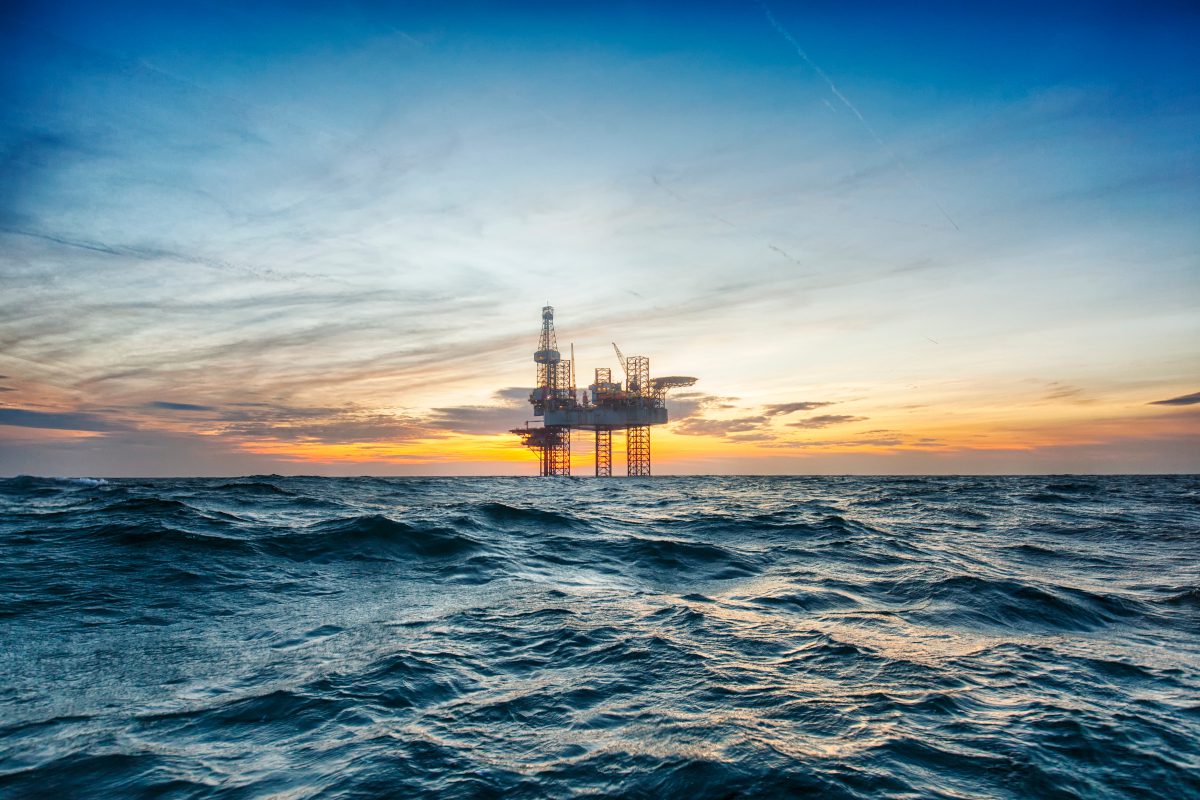
Denmark has begun storage of CO2 in the subsoil of the North Sea, according to INEOS, the lead partner in Project Greensand, described as the world’s first cross-border carbon capture and storage scheme (CCS).
According to a 10 September announcement, the 23 partners behind the project have now submitted the final report from the pilot project, which has aimed to develop, test and demonstrate safe and efficient storage of CO2 in the North Sea subsurface.
The group said the thorough technical verification confirms that the stored CO2 remains safely and permanently in the closed Nini West reservoir 1,800 metres below the North Sea seabed, as expected. This part of the work was carried out by independent provider of risk, verification and standardization services, DNV.
“We now have documentation that we have a well-functioning storage for CO2 in the North Sea subsoil, where large amounts of CO2 that would otherwise have been emitted into the atmosphere can be safely and permanently stored. We can see that the stored CO2 behaves as expected in the reservoir 1,800 metres below the seabed. That confidence gives us a solid foundation to take the next steps that will be crucial for CCS in Denmark”, said Mads Gade, Country Manager at INEOS Denmark and Commercial Director at INEOS Energy, the leading partner behind Project Greensand.
“Outstanding work” from all 23 partners
Project Greensand demonstrated that captured CO2 can be transported across borders and stored offshore to mitigate climate change. This was marked by the parties behind the consortium at the event First Carbon Storage on 8 March 2023 in Esbjerg, where Denmark’s King Frederik gave the signal to begin the CO2-storage operation,
It was also marked with a video speech by President of the European Commission Ursula von der Leyen and speech by Minister for Climate, Energy and Utilities, Lars Aagaard.
“We are very proud that we are the first in the world to succeed in developing, testing and demonstrating a well-functioning value chain for safe and efficient capture, transport and storage of CO2 across national borders with the aim of mitigating climate change. This is an important step on the way to meeting Denmark’s and the EU’s climate ambitions, and each of the 23 partners has done an outstanding job. I am impressed by how the task has been solved across many professional groups, which has made this phase of Project Greensand come together”, says Mads Gade.
The intensive work in the EUDP-supported project has also meant that a large group of Danish and international companies have gained valuable experience in the work with capture, transport and storage of CO2, and now have better conditions to play a role in a future CCS market in Europe.
Standing on the shoulders of an earlier project in Greensand
With a completed and verified pilot phase, the way has been paved for the development of CCS in Denmark. The lead partner in Project Greensand, INEOS, has already applied for approval on behalf of licence partners Wintershall Dea (now Harbour Energy) and Nordsøfonden for Denmark’s first large-scale CO2 storage facility, and is now working hard to start CO2 storage in the North Sea by the end of 2025 or the beginning of 2026. The ambition is that up to 400,000 tonnes of CO2 will be stored per year, while the plan is to store up to 8 million tonnes of CO2 per year in the area under the North Sea’s seabed from 2030.
At the same time, work is also underway to investigate whether it is possible and safe to store CO2 underground on land in Denmark, and earlier this year, the Minister for Climate, Energy and Utilities awarded INEOS, Wintershall Dea (Harbour Energy) and Nordsøfonden an exploration licence for an area of the Danish subsurface in Jutland in the Gassum reservoir. The experience from Greensand will be included in the work to demonstrate safe storage also on land.
“We emphasised that Denmark has moved to the forefront of CCS in the world when we stored the first CO2 in the North Sea. Now we are in the process of investigating how to take the next step, and here we stand on the shoulders of the invaluable experience from Project Greensand’s pilot. We are keen to continue this momentum with an ambition that Greensand will be the first CO2 storage facility in operation in the EU, and we are now awaiting the Danish authorities’ approval of a permanent storage. This is an important step, because if Denmark takes just 5% of a future CCS market in Europe, it could mean up to 9,000 jobs, with an economic potential of DKK 50 billion. At the same time, we can support the EU’s objectives, because we have all the prerequisites to create a new industry that is part of the solution to the challenges of the climate”.






